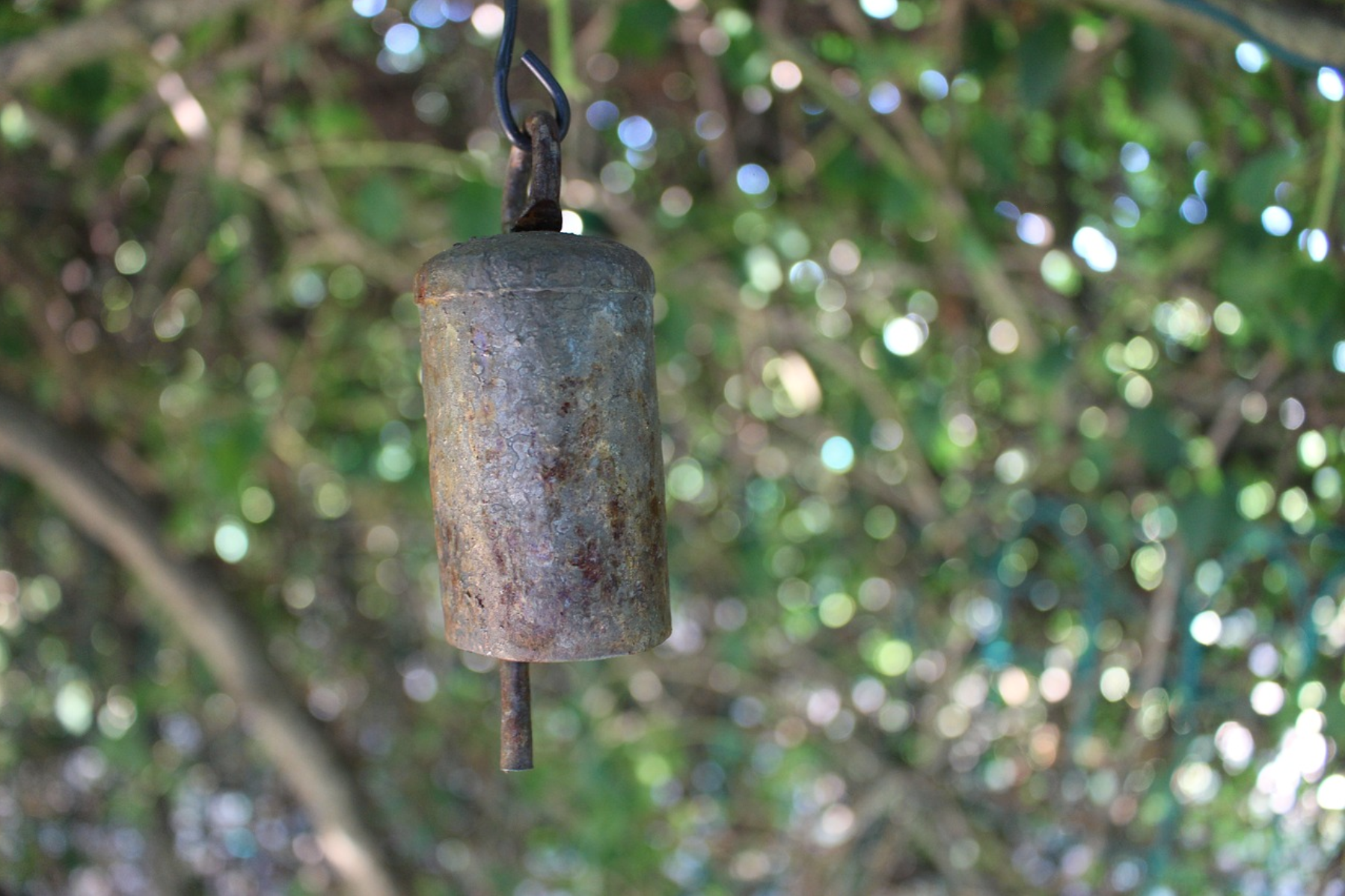The World Bell
A Post about a Simple Way to Cultivate Easeful, Whole-Being Change
What if attention is usually based on habit?
How much of what I pay attention to is new information that is here now?
How does my attention affect my state of being and how does my state affect my attention?
How much of my attention is focused within the echo chamber of my own thoughts, imagination, emotions, and sensations?
What if the world is mostly full of live-time-here-now information that is neutral or even life-affirming, interesting, supportive, and novel?
How much am I editing out what is around me by focusing attention on what my nervous system has a habit of deeming important?
What if I decided to do an experiment to see what happens if I only change the focus of my attention to see how it affects all of my other patterns of thinking, behaving, emotions, and sensations in my body?
This post offers one way to experiential work with the above questions.
Every part of the world can be a mindfulness bell. With a little practice, the simple awareness of what is right around you can have profound affects on every other aspect of your personal experiences. Orientation (i.e. contacting the outside through the five senses) is essential for resetting the nervous system and creating the conditions for the enjoyment of a sense of wellness. If you have worked with me, you know the power of orientation through direct experience.
Many other posts in this blog give some framework or theory for understanding the nervous system, states of being, and perspectives on change (See this post for to help you navigate if you’re interested in reading more.) All the theory and framework isn’t much use if it’s not applied to everyday life. This post offers another way to put some of it into practice and to enjoy the direct benefits.
The Reminder Game
Here we get to introduce the Reminder. The reminder is a way to interact with the world in order to re-mind yourself into the here and now- into the truth of your situation as it is in the moment. In its essence, the reminder is simple: choose something that you come across in your everyday life with some frequency (usually between 5-20 times per day) and use it to bring your attention into orientation to what is around you.
The first part of the game is to choose a reminder. It can be anything in your everyday life. Some examples are:
walking though a door
getting out of the car
stepping on grass or concrete
touching a door knob
hearing a bird song
seeing a neighbor cat or dog
hearing a chime on your phone
I suggest being creative and trying different ones out until you find one that starts to work for you. If you can keep the perspective that you are playing a game (in the little kid kind of way), then you won’t think of it as a task and you might not be hung up on performance or expectations. For me, when I choose a reminder, it usually takes a week to really find one that I can pay attention to with regularity, and even then I sometimes miss it. It doesn’t matter if you miss the reminder. What matters is that when you do catch it and implement the second part of the game, you find that it starts to become a pleasant opening of awareness.
Which leads us to the second part: the primer. After you are reminded, you can play with different things to prime your attention toward. This side of the game can be just as creative as the first. I like to use questions. For instance, if my reminder is a doorknob, when I touch a doorknob I’ll remember to ask myself the question I’m working with. For this game, the questions are always around orientation to what’s around me. Some of my favorite questions are:
What is something neutral or pleasant that my eyes like about this place (or pick another sense…)?
What is one detail around me that I haven’t noticed until just now?
Where is there life around me (this one is fun for indoor spaces)?
Without looking, do I know what is behind me right now?
What is the closest or the quietest sound?
What is working here (meaning, what’s good about this place right now)?
What is changing or has changes about this place?
As you may notice, each of these questions are examples of ways to prime your attention outside to your environment and they often involve detail, something interesting or something you like, and an awareness of change. Awareness of novelty, simple wholesome pleasure, and being oriented to your environment are all characteristics of the your nervous system state that is, basically, well. You are actively growing wellness. If you pick the reminder and the primer that works well for you, most of the time it will feel good to do it, and you will notice positive residual affects.
Enjoy playing this game, and may it have good affects on your being!
If you would like to sign up for email notifications of new blog posts, please click here.
